My dream has always been to be a professional dancer. Before making the move to Los Angeles, I did everything I could to gather as much information as possible. I listened to podcasts while I was at work and when I traveled. I read online interviews and watched all the youtube clips. Whenever teachers would come into town with conventions, I would hang on to their every word. Everything from where the good spots were to live, to how to book a big audition.
There was one piece of advice that I heard over and over: Stand out. Be unique. Be your own dancer. I heard it time and time again. However, as many times as it was told to me, there was never any guidance. No how-to. No practical exercises or accessible toolbook to help me understand how to achieve such a feat. And that makes sense–it’s hard to apply rules to something that seems to break the rules by design. How can you nail down a concept that’s so abstract? How do I begin to find and explore my own style?
It’s a good question, right? Let’s explore this idea a little bit.
Why is it important to find a personal style for your dance?
We first need to understand why the idea of originality even matters. If I can kill a combo and hit a full-out level every time, why do I need to put in the extra work? I talked with choreographer, dancer, and movement enthusiast Derrick Schrader to get a little more insight into this concept.
“There’s so many people that want the same thing, so if there isn’t something that you see in yourself that’s like no one else, then you don’t really add a whole lot of value to the table,” Derrick said. “If everyone is bringing mashed potatoes and you’re also bringing mashed potatoes, there’s nothing tasty! I always tell people you have to really be aware of what you’re bringing to the table, otherwise it’s going to be a bunch of leftovers, and nothing that anybody’s super excited about.”
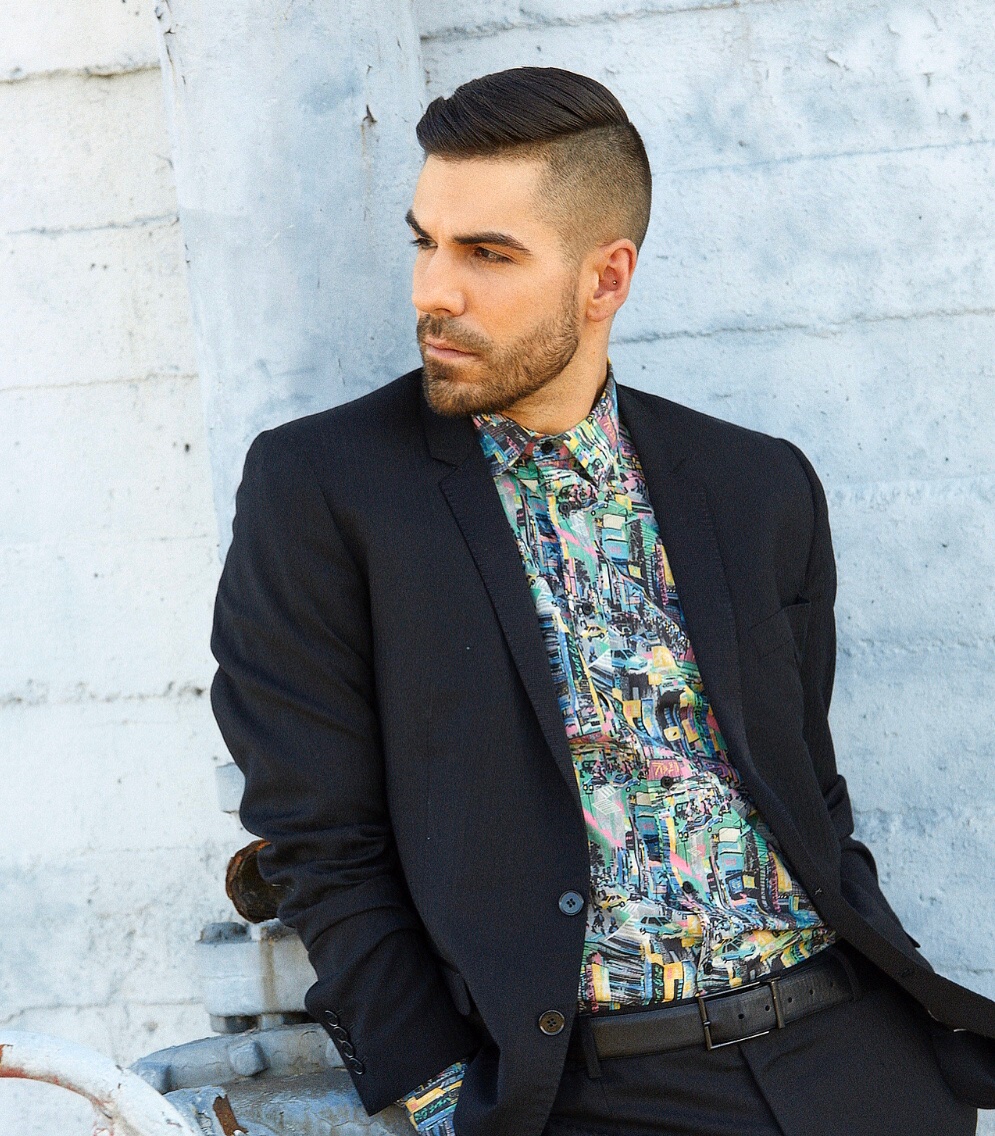
Yikes. Okay, note taken. The difficult part then, is the pivot point. If mashed potatoes is all I know how to make, where do I start in learning and discovering something new?
Lee Daniel is an LA-based choreographer, dancer and teacher with years of experience. He chimes in with a great beginning point for finding your footing.“Having the courage to go outside of the things that inspire you, and make you feel weird or closed off from the world are usually the things that are worth exploring,” he said. “If you’re not doing that, then what are you doing as an artist?”
Alright, alright. I’m feeling the pressure. Let’s really dig into these next steps then. What are some practical ways that I can explore my movement and add my own sauce?
Freestyle
“Freestyling is really important,” Derrick said to me. Great. Enough said.
Take Class
“Take the classes that make you feel nuts!” Lee said. “The energy of learning something new, and knowing I was going to conquer is a way that I was able to stoke my own fire and find myself! Classes that make you feel uncomfortable and are going to make you think in a different way about how you approach choreography!”
This means you’re going to have to push yourself. That hip hop class you’ve been scared of? Take it. The salsa class with advanced dancers? Take it. That locking class that you know you struggle in? Definitely take it.
“Your strongest weakness can show you what your biggest strength is!” Derrick said. “For me, putting myself in the most awkward situations definitely catapulted things much faster. Staying in my comfort level, I was spending a lot of money and staying in class, but nothing was happening. You don’t find more of yourself or dig deeper into your style if you’re on that same hamster wheel.”
Expand Your Playlist
“Listening to Top 20 hits is not going to broaden your style because you’re going to be staying with everyone else,” Derrick said. “If you can develop your ear, you’re also going to develop your style and how you dance. If you have a broader range of music knowledge, nothing is going to throw you off and it’s going to be easier to stay connected to a random piece of music.”
Listen to everything. Instrumental. 90’s hip hop. Country. Trap. Rock opera. Weird, stringy, contemporary music. Those 70’s hair bands that your mom played over and over when you were a kid. All of it.
Build Your Foundation
We’ve all heard it before–in order to break structure, you must first have structure. So time has to be invested in trying new things and building from the ground up. This means learning more than just the movement.
“It’s all about culture and trying to find the heart of the culture that you’re in,” Lee said. “Just like different tastes–tasting different foods, sitting with it, and enjoying it! Learning about how it was made and what’s in it, where it was grown! All of that knowledge enriches your life experience and thus enriches what comes out of your movement and your art. Learn all your foundations, and then learn to let it go–succumbing to your own life experience!
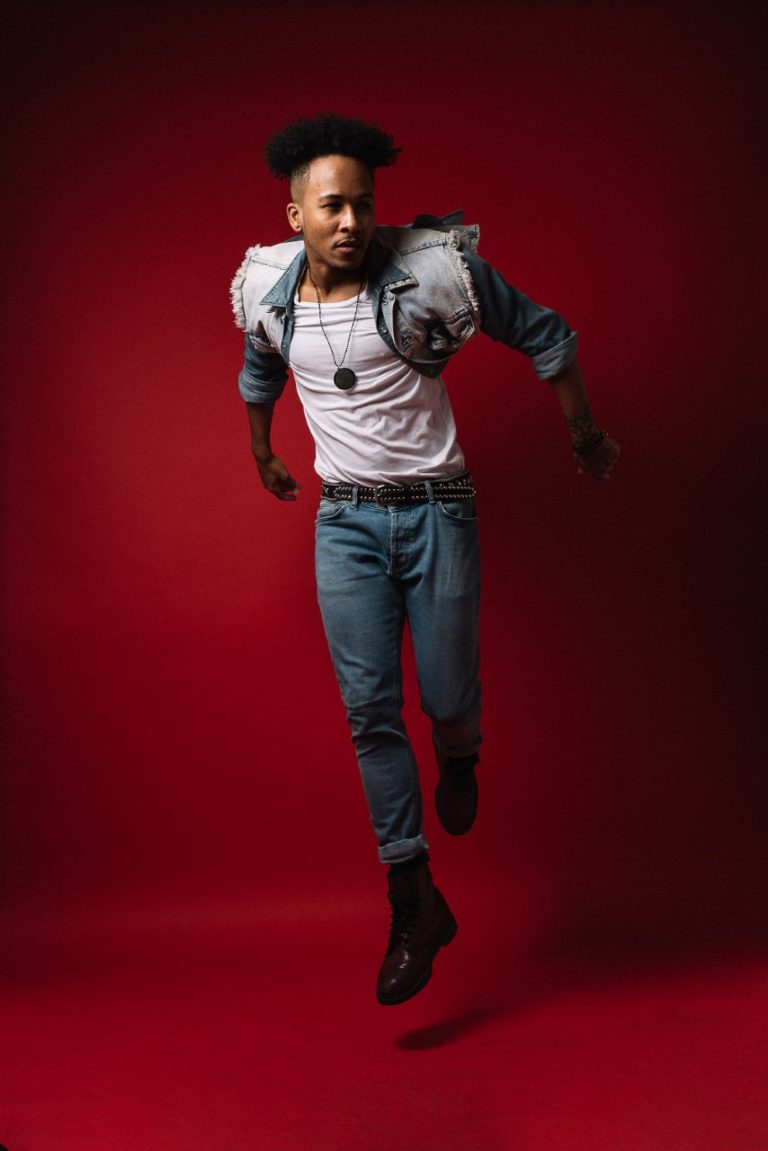
Get Feedback
Luckily, we don’t have to rely on our own thoughts and feelings alone! “People see things in you that’s special that you might not think is anything,” Derrick said. “There’s a lot of potential out there to communicate with mentors and other ways to get feedback! It’s great that we can now get video feedback and see how we’re dancing! Study what you’re doing, because what you think you’re putting out and what you’re actually visually putting out is something totally different.”
Live Your Life
This is a theme that is constantly recurring with the people that I speak to. Dance is only half of what you bring to the table. It goes so much deeper than that.
“It’s 50% dance and being in class, and 50% life experience. It’s not just taking class all the time!” Derrick said.
Here’s your bottom line: The more you live life, the more you have to offer. The more time you spend getting to know yourself as a human, the more you’re going to understand yourself as a dancer. And the more you trust yourself, the more you’ll really get to know the version of you that’s on the dance floor.
Lee agreed. “It’s not just about the raw material. It’s also those intangible things that you get from having conversations, being in the room–not even doing choreography!” he said. “Get out there and try some stuff. That’s really what it’s all about. Trial and error. That’s how you’re going to find yourself. That’s what’s been the fun of it to me–just being able to play. You’ll learn more about yourself on the way and find great things and just keep building!”
If you want to take more classes to explore your style, TMilly recommends:

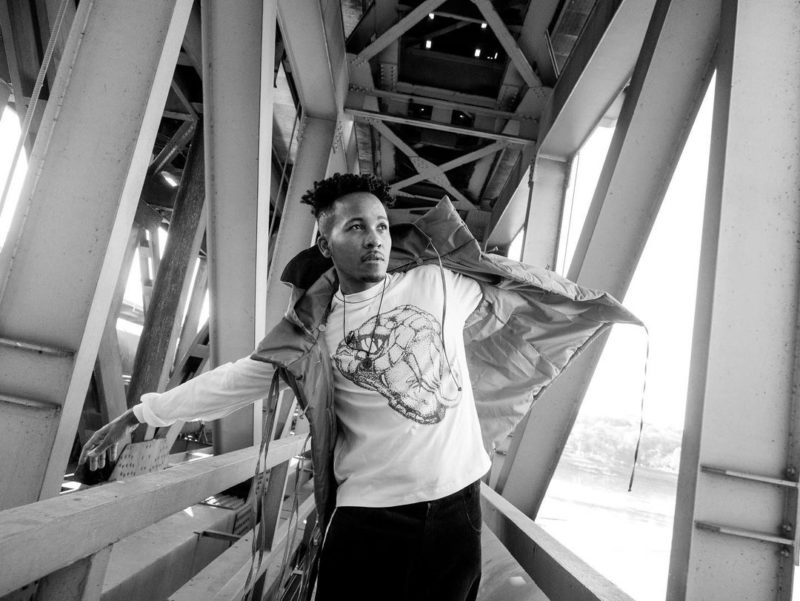

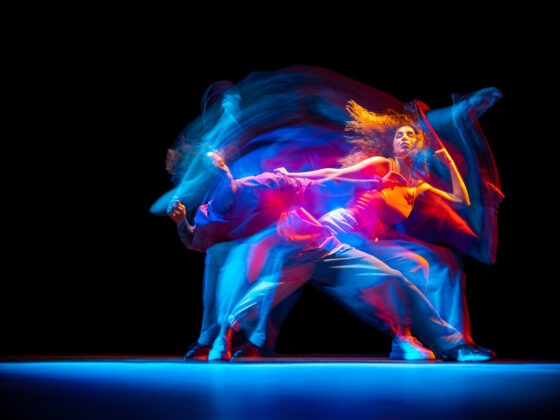
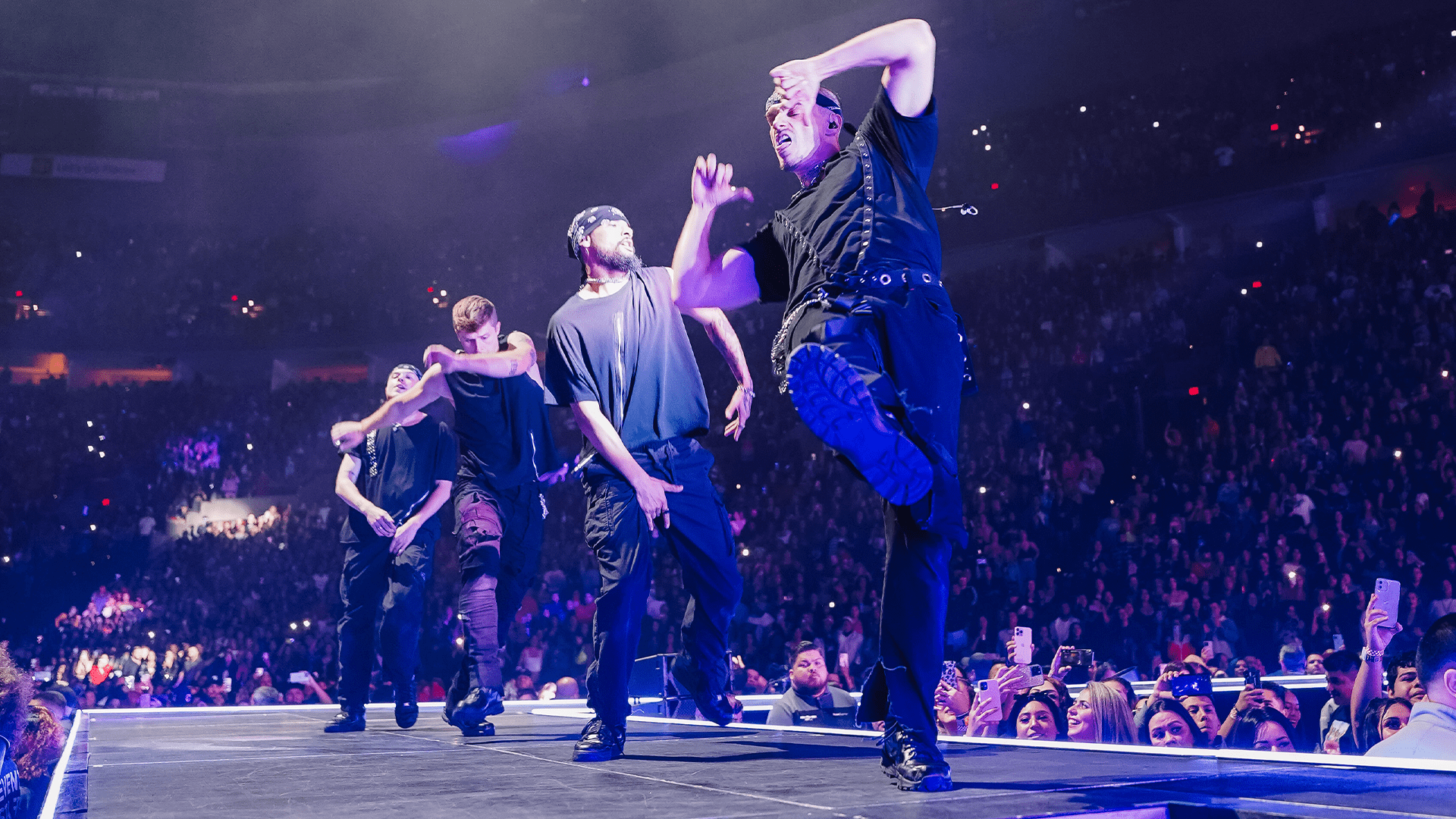
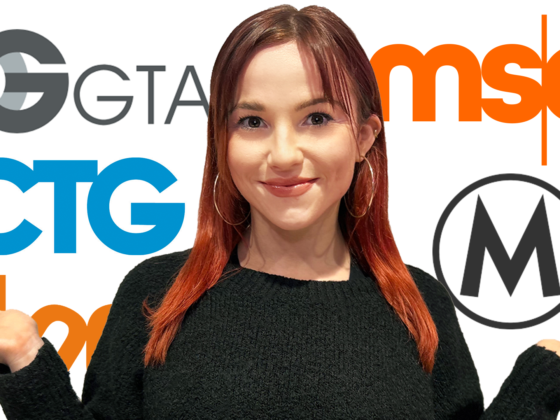
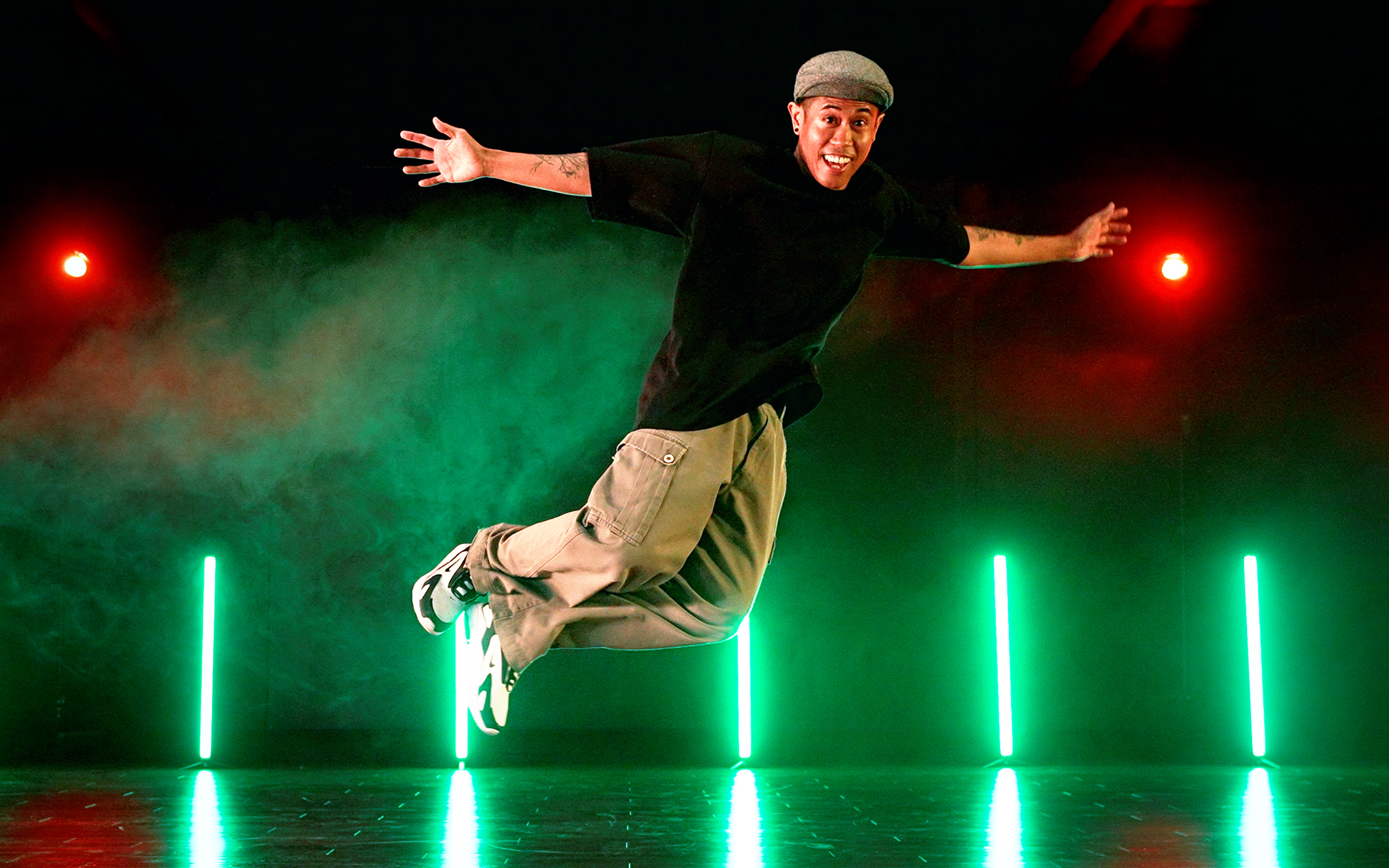
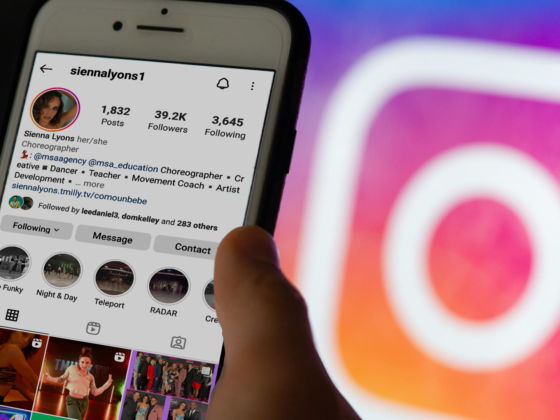
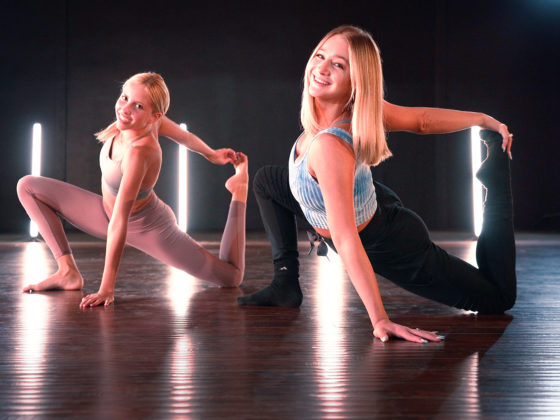
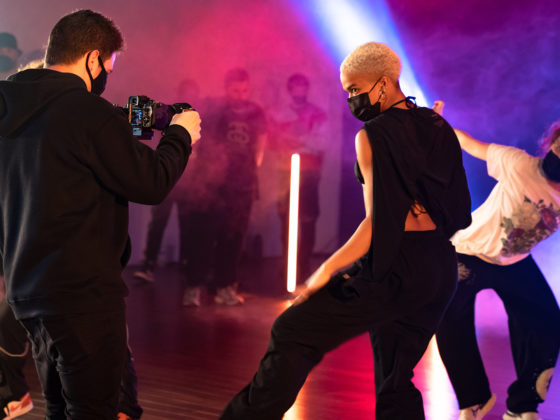
1 comment